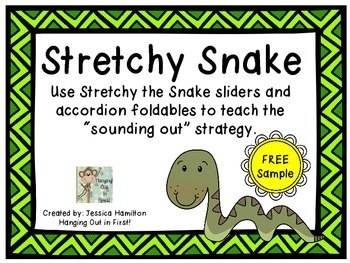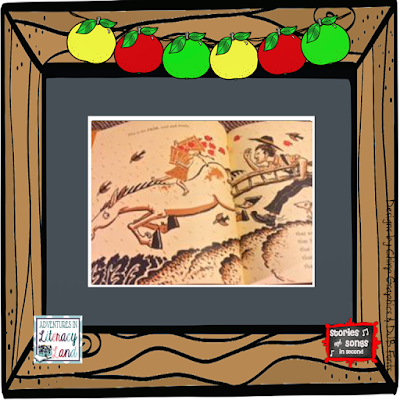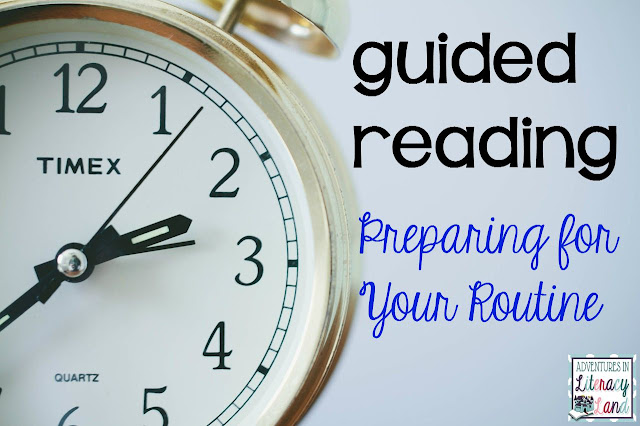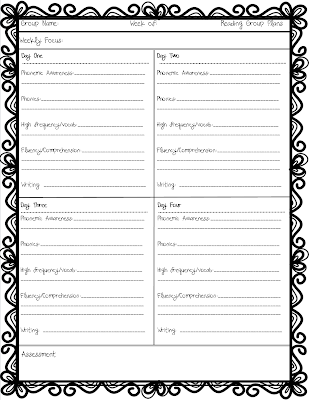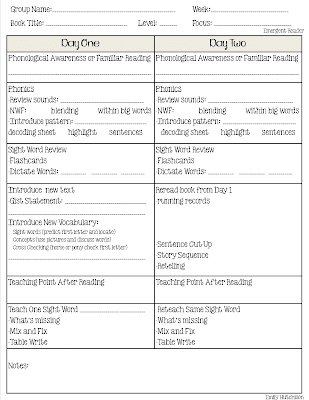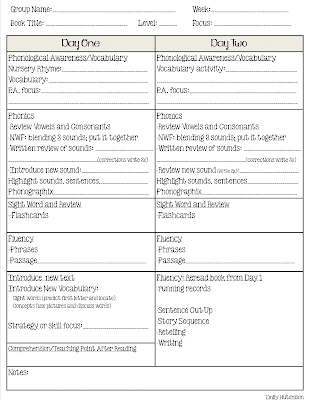One of the most common phrases you hear in a classroom, or at the dinner table during homework time, is "sound it out." I have used this phrase many times myself, but then I learned better!
I no longer tell my kids to sound it out when reading of spelling and here is why:
1. First of all, very few kids are ever actually taught how to sound something out. As adults, we move through the sounds so quickly that it doesn't give their little brains time to process how we got there. And so often, we as adults will get frustrated with the process and end up just telling them the word, without really giving them the chance to do it themselves. The only thing we are teaching them this way is to wait long enough and she will give me the word!
 Kid: What's this word?
Kid: What's this word?Mom: Sound it out
Kid: /p/.../e/...I mean /u/....
Mom: /pump/, now what's the rest?
Kid: /pump/.../k/..../e/
Mom: No /i/
Kid: /i/..../n/
Mom: Good, now what's the word.
Kid : I don't know.
Mom: Pumpkin, the word is pumpkin!
Sound familiar?
2. Even if we did teach a child to sound out words correctly, what happens when they come across a long word like pumpkin? That word has 7 different sounds. Do you think that a child will be able to remember the sound they started with by the time they get to the end? Not likely. These long words are very difficult to blend.
3. Not every sound that we read can be "sounded out". The English language is such a backwards and tricky language. Some words, you just can't sound out. Most of us call these sight words. That's okay, but what happens when we come across a word that you can't sound out, but it is not a sight word either? A word like mirage or or even one as simple as school?
4. A child that is learning to read will not know all of the many sounds of the written language before he/she starts picking up books. They will come across long vowels, vowel digraphs, diphthongs, y as a vowel, past/present endings and more. Just because the child hasn't learned these sounds, doesn't mean that we can't give them books to read. And we cannot only be giving decodable books either! They have to be given regular books and strategies for reading those books! If they don't know the sound, then they can't sound it out!
So what do I do instead?
In my class, rather than sounding out words, we stretch and chunk.
Shorter words get stretched. We stretch the word in our mouths like a rubber band so that we don't lose any sounds along the way. So if we are stretching the word "stomp" then we start with the first letter. We add the second letter to the first letter and blend those two. Then we add another letter and blend it with the first chunk that we already created. We continue adding each letter until we have stretched out the entire word.
Why does this work? Because the kids don't forget what sound they started with by the time they get to the end of the word. A great way for students to practice this is by covering up the word except for the first letter. Uncover one letter at a time, each time, blending it all together. Try out my Stretchy the Snake freebie to see how it works!
I will even have students use hand motions to show that they are stretching their words. We start with our hands together, fingers pinched, like we are holding a rubber band. With each sound we add, we pull our hands further apart (stretching our rubber band). When we get to the last sound, we let go of our "rubber band" and say our word!
For larger words, we chunk. We chunk the words into smaller parts so that we can then stretch each of those small parts. For pumpkin, we chunk and then stretch.
In order to use this strategy, students have to be able to "see" the chunks. This can be difficult for some students. The best way to get students seeing the chunks is by exposing them to chunks of sound. Have you noticed that pump and kin are both small words? You could even take words and look for the small nonsense words inside of them! Or put nonsense words together to see if they make big words.
We know these as syllables and students can hear syllables when given a word orally, but don't always see them in the written words that they are reading. You can make it easier by putting a dot in between your two syllables. This helps them to see the chunks until they start seeing them for themselves.
Of course, these 2 strategies are not the only ones that you will need to teach your students. Not every word can be "chunked" or "stretched." You can teach them about skipping, flipping, and using pictures, but that is for another day!
Thanks for hanging with me!






